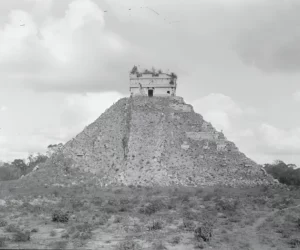Introduction Alfred Percival Maudslay’s expedition to Chichen Itza in 1889 was a pivotal moment in the exploration and study of the ancient Maya civilization. Known for his meticulous documentation and preservation efforts, Maudslay’s work at Chichen Itza provided invaluable insights into one of the most significant archaeological sites in Mesoamerica. Background Alfred Percival Maudslay, born…
The Ancient Maya
Ancient Maya Historical Sites and Ruins
Maya Mythology
Gods and Goddesses
| Kukulkan |
| Chaac |
| Ix Chel |
| Ah Puch |
| Itzamna |
Ancient Maya Artifacts
| Chac Mool |
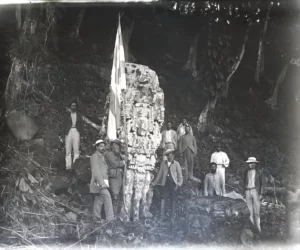
Alfred Percival Maudslay’s Archaeological Expedition to Copán (1890-1891)
Introduction Alfred Percival Maudslay’s expedition to Copán in 1890-1891 was a groundbreaking venture in the field of Mesoamerican archaeology. His meticulous work at the ancient Maya site of Copán, located in present-day Honduras, provided some of the earliest and most comprehensive documentation of the ruins, setting the stage for future archaeological research. Background Alfred Percival…
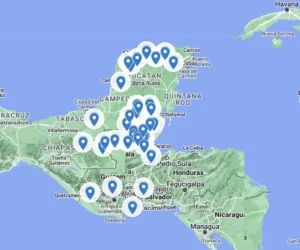
Maya Pyramids
Where are the Mayan pyramids? The Mayan pyramids are located in several regions across Central America, primarily in Mexico, Guatemala, Belize, Honduras, and El Salvador. Here is a map of all known Ancient Maya Pyramids Direct link to the Maya Pyramids Map Why did the Maya build pyramids? The Maya built pyramids for several important…
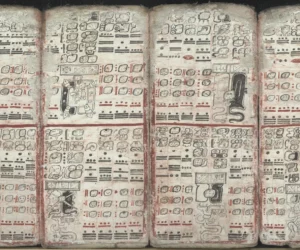
The Dresden Codex
Introduction to the Dresden Codex The Dresden Codex is a significant Maya book, once considered the oldest surviving book from the Americas, dating back to the 11th or 12th century AD. However, in September 2018, it was established that the Maya Codex of Mexico, formerly known as the Grolier Codex, predates it by about a…
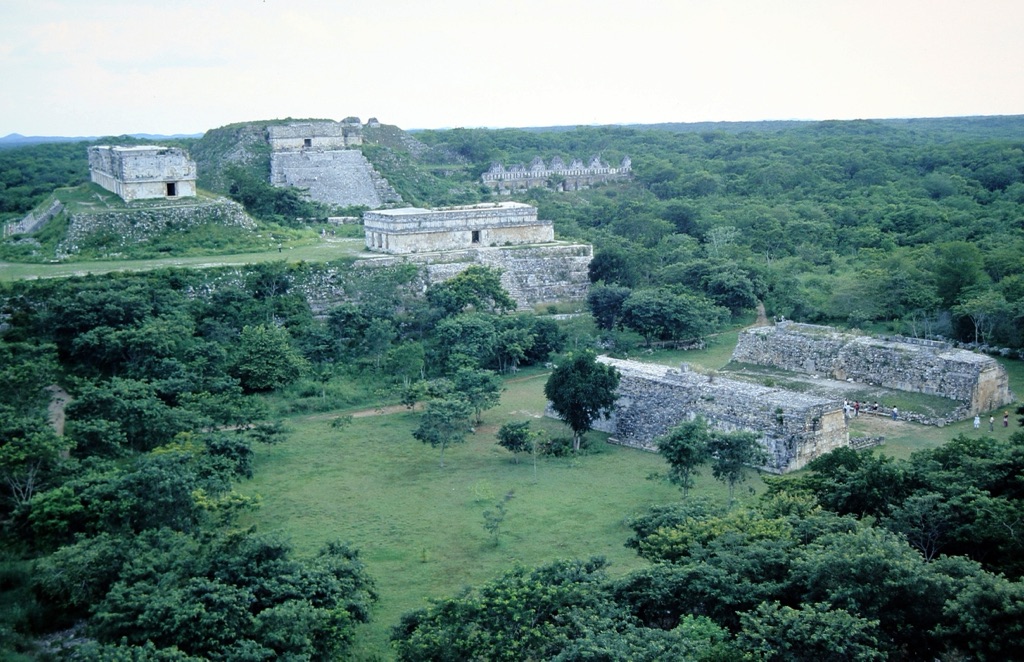
Uxmal
Uxmal, an ancient Maya city of the classical period, stands as a monumental testament to the architectural and cultural achievements of the Maya civilization. Located in present-day Mexico, specifically 62 km south of Mérida in the Yucatán state, Uxmal is recognized as one of the most significant archaeological sites of Maya culture. This recognition is shared with other notable sites such as Palenque, Chichen Itza, and Calakmul in Mexico, as well as Caracol and Xunantunich in Belize, and Tikal in Guatemala. The city’s architectural prowess and historical significance have earned it a designation as a UNESCO World Heritage Site.
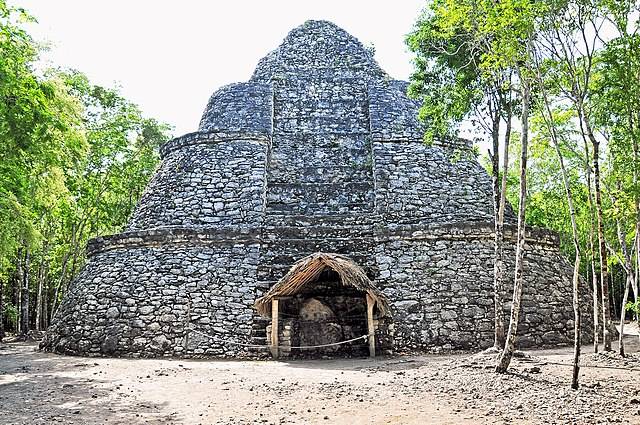
Cobá
Cobá, an ancient Maya city located on the Yucatán Peninsula within the Mexican state of Quintana Roo, stands as a significant archaeological site that offers profound insights into the ceremonial life and pivotal events of the Late Classic Period (AD 600–900) of Mesoamerican civilization. This city is distinguished by its extensive network of stone causeways, known as sacbeob, and its collection of engraved and sculpted stelae that document the rich ceremonial life and significant historical events of its time.

